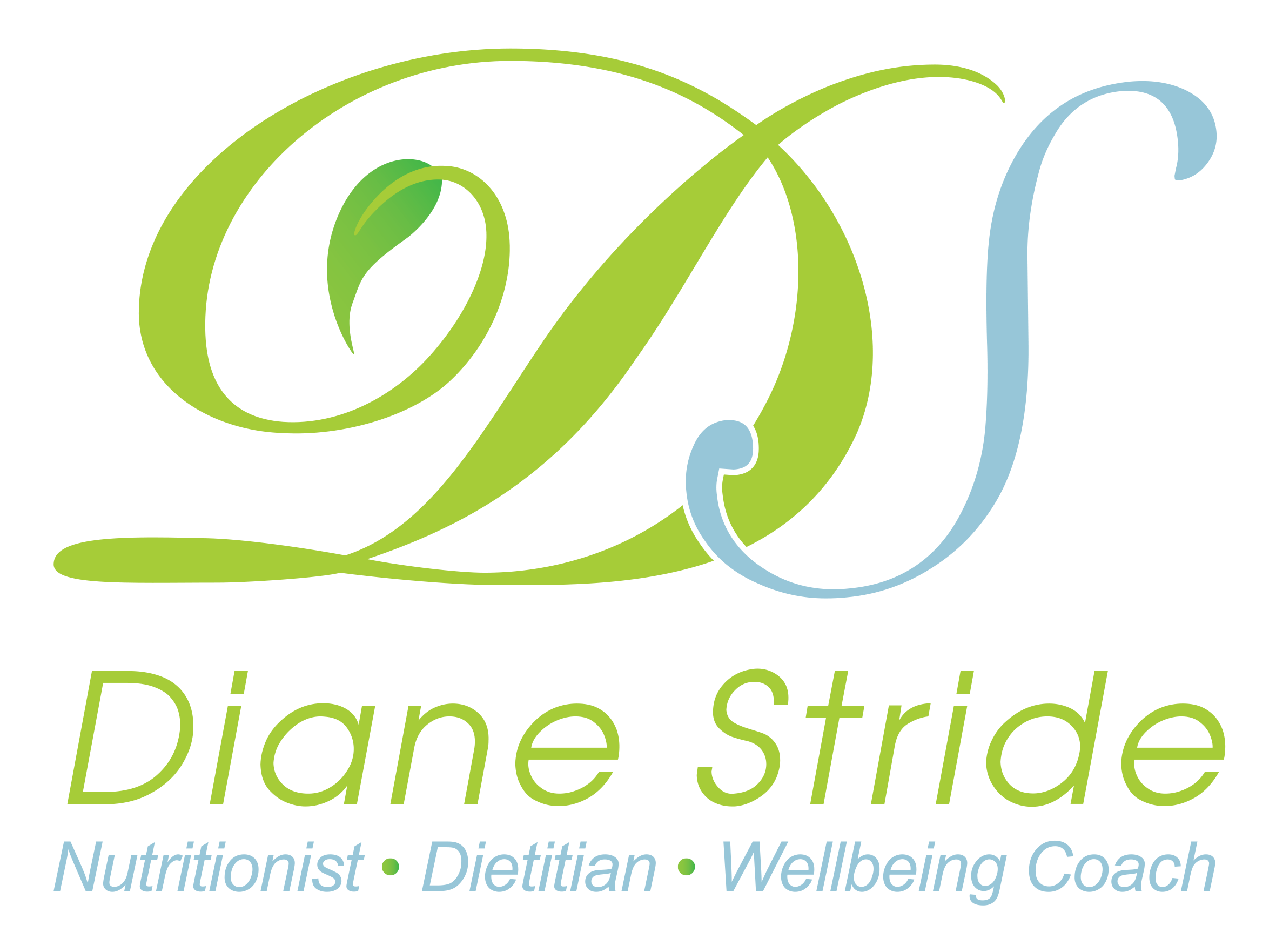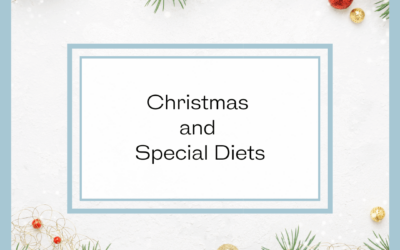The Truth About Sugar
If you’re choosing a diet with no sugar in it, it’s important to determine your motivation. There is a difference between a ‘no sugar diet’ and a ‘no processed sugar diet’. Recipes that claim to use no sugar often use honey, rice malt syrup or another sweetener, which are still sugars, just in different forms.
Processed Sugar
Processed sugar is made up of sucrose, which is hydrolysed (broken down) in the body into glucose and fructose.
Honey
Honey is also made up of fructose and glucose units and is in fact higher in fructose than processed sugar. Fructose has been implicated in insulin resistance (i.e. difficult for the body to process sugar) and can actually result in more fat being deposited.
Agave Syrup
Agave syrup has become a popular alternative to processed sugar. Agave contains a high level of fructose, so again can potentially result in insulin resistance. It can also be difficult to digest.
Rice Malt Syrup
Rice malt syrup breaks down into 100% glucose once in the body, which can raise blood sugars. Brown rice syrup and products containing it were found in a 2012 study[1] to contain significant levels of arsenic (As), which is toxic to humans. This is presumably due to the high prevalence of arsenic in rice.
Coconut Sugar
Coconut sugar is made from the sap of cut flower buds of the coconut palm. Although it has a lower glycaemic index than processed sugar (i.e. it’s broken down slower), it has a similar structure to processed sugar in that it also contains glucose and fructose.
Understand What You’re Trying To Achieve
There is no doubt that minimising overall sugar in all forms in your diet is a positive step. The degree to which this is done is highly individual, as not everyone processes and digests food (in particular sugars) in the same way. It is therefore important to tailor and modify your diet according to your health condition(s).
[1] Brian P. Jackson,1 Vivien F. Taylor,1 Margaret R. Karagas,2 Tracy Punshon,3 and Kathryn L. Cottingham3. 2012. Arsenic, Organic Foods, and Brown Rice Syrup. Environmental Health Perspectives 120 (5): 623 – 626



